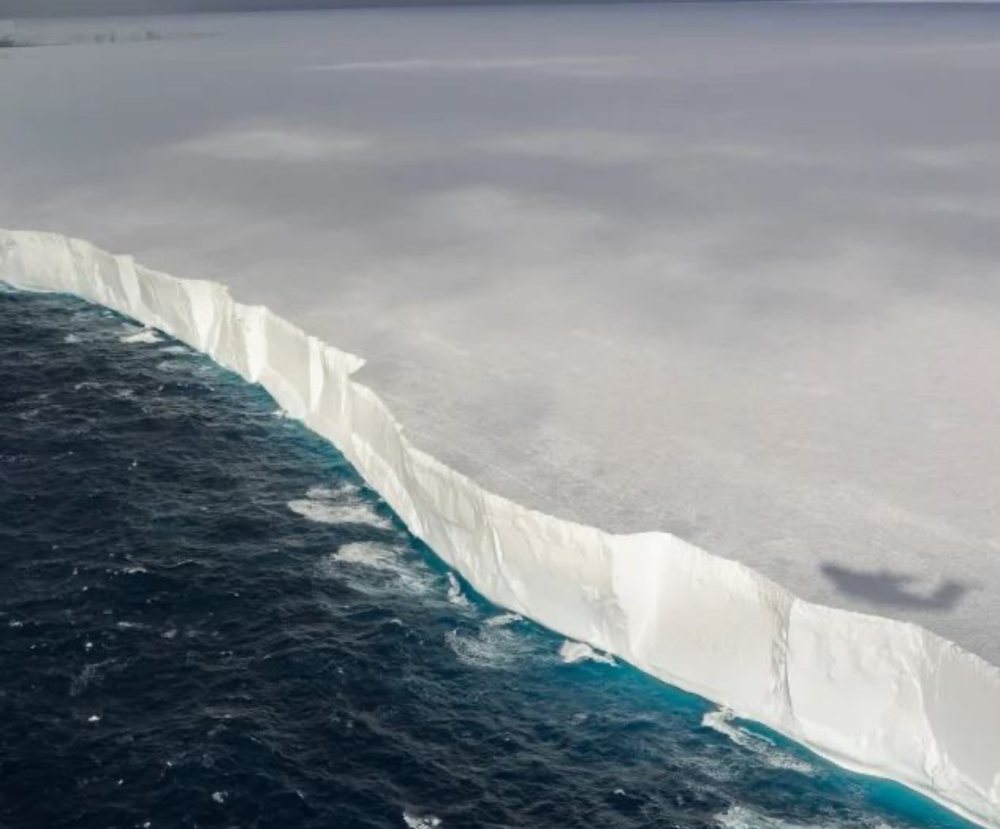
One of the largest icebergs ever recorded, known as "A23a", is melting rapidly as it moves into the increasingly warm waters of the Southern Ocean, scientists have announced.
This giant iceberg, which broke away from Antarctica 39 years ago and was considered the largest in the world at the time, had an initial mass of almost a trillion tons and covered an area of about 4,000 square kilometers – about 50% larger than the territory of Luxembourg. However, as it advanced northward, towards warmer areas of the ocean, large parts of it broke off. Currently, its size has been reduced to about 1,770 km², with a width of up to 60 kilometers.
"I would say it's really getting close to its end (...) It's just rotting from the roots. The water is too hot for it to survive. It's melting all the time," said Andrew Meijers, an oceanographer with the British Antarctic Survey.
Scientists say the iceberg's drastic decline is another warning sign of climate change and its direct impact on Earth's polar and ocean systems. It is reported that within the next few months, A23a could disappear completely, closing a long chapter of decades that it has spent floating in the southern ocean.






















